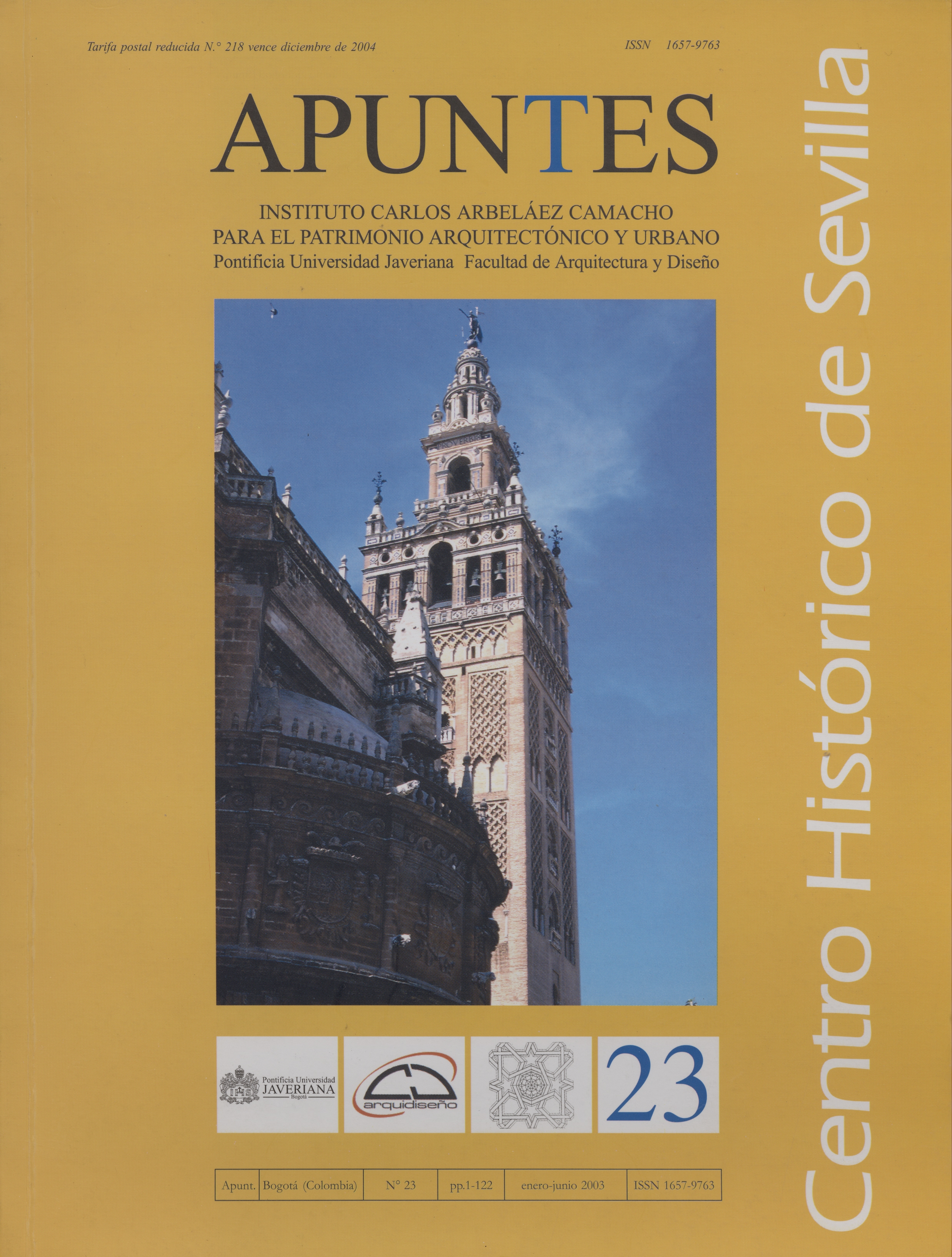Abstract
After the first independent missionary experience in the foothills of the main eastern mountain range, the Jesuit Province of the Kingdom of New Granada, based on a conception of a missionary policy and equipped with a geographic knowledge of the territory, obtained a clear definition of its evangelical project by the spatial conjunction of the Central Andean plateau with the lower region of Los Llanos of Casanare, Meta and the Orinoco, including the control of the great rivers in these parts of the country as communication routes, the determination of adequate places for the establishment of reductional nuclei (population groups) allowing a certain degree of domination of the great savannahs as well the acquisition of land for the formal use of rural properties as true economic units of production. In this sense, the Missions of the Llanos of Casanare, Meta and Orinoco included fourteen reductions and a small fort, supported economically by five "haciendas" (farmland units and/or livestock ranchos). In their architecture, the initial of indigenous buildings techniques based on regional materials by the missionaries is evident, followed by a technological advance based on the use of stone, mud walls, crude brick (adobe) and clay roofing tiles. In the reductions, a well defined architectural program was followed, building around the perimeter of the main square, with the usual hierarchic presence of a church, missionary house, workshops, schools and huts for the indigenous people.Apuntes is registered under a Creative Commons Attribution 4.0 International Public License. Thus, this work may be reproduced, distributed, and publicly shared in digital format, as long as the names of the authors and Pontificia Universidad Javeriana are acknowledged. Others are allowed to quote, adapt, transform, auto-archive, republish, and create based on this material, for any purpose (even commercial ones), provided the authorship is duly acknowledged, a link to the original work is provided, and it is specified if changes have been made. Pontificia Universidad Javeriana does not hold the rights of published works and the authors are solely responsible for the contents of their works; they keep the moral, intellectual, privacy, and publicity rights.
Approving the intervention of the work (review, copy-editing, translation, layout) and the following outreach, are granted through an use license and not through an assignment of rights. This means the journal and Pontificia Universidad Javeriana cannot be held responsible for any ethical malpractice by the authors. As a consequence of the protection granted by the use license, the journal is not required to publish recantations or modify information already published, unless the errata stems from the editorial management process. Publishing contents in this journal does not generate royalties for contributors.


